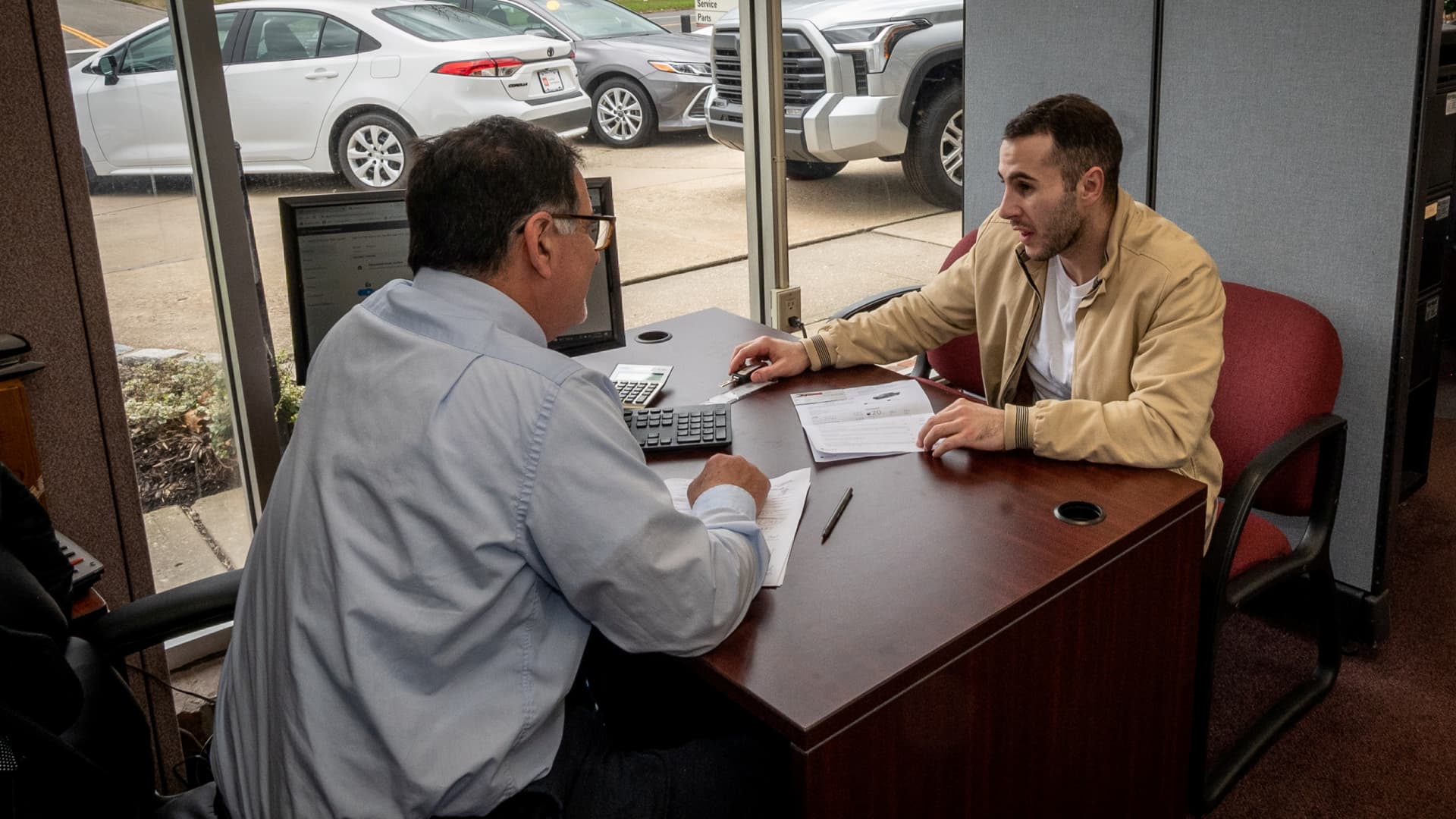Products You May Like
If you’re among the people who leased an auto in 2020 and are nearing the end of that agreement, you may want to check what the car is worth before turning it in.
The average trade-in value of cars leased in 2020 is 19% more ($3,965) than the predetermined residual value — a vehicle’s worth at the end of a lease — according to data crunched by Edmunds for CNBC. Although that so-called positive equity was an average $7,208 a year ago for 2019 leases, the persisting extra value means you may have options when your lease ends besides simply returning the car.
“Consumers are still advised to shop their lease before blindly turning it in,” said Ivan Drury, senior manager of insights at Edmunds. “The trend of trade-ins beating estimated residuals is still here.”
More from Personal Finance:
Here’s when newlyweds may face a ‘marriage tax penalty’
What to do if you’re struggling to make auto loan payments
States have an estimated $70 billion in unclaimed property
3.3 million cars were leased in 2020
An estimated 3.3 million leases were originated in 2020, according to Edmunds. That’s 18% lower than in 2019, before the pandemic upended auto sales.
And with few discounts being offered by manufacturers on new cars — whether you buy or lease — the share of people who lease has continued to fall. By mid-year 2022, leases comprised 18% of new-car transactions, down from 27.2% a year earlier.
While the latest inflation reading shows that used-car prices slid 11.6% from a year ago — the average paid in January was roughly $26,510, according to Kelley Blue Book — they remain elevated compared with where they’d be if normal depreciation were in play.
“February 2023 trade-in equity is still more than double the pre-pandemic level,” said Thomas King, president of the data and analytics division at J.D. Power.
Leased models that have the most extra value
Among cars leased in 2020, the Mercedes-Benz GLS-Class has the highest dollar difference between current trade-in value ($62,257) and its originally estimated residual value ($50,942). That’s $11,315 (or 22%) more than expected. The Toyota Sienna has a trade-in value ($30,207) that’s $8,741 (or 41%) higher than the $21,465 residual value.
When it comes to the most popular 2020 leased cars, both the Honda Civic and Accord have trade-in values that are 31% higher than their residual values, the Edmunds data shows. That translates into positive equity of $4,430 and $5,065, respectively.
Consider buying out the lease and keeping the car
There are a few ways you may be able to take advantage of the positive equity.
For starters, it may be wise to consider buying out the lease when it ends, because you would be getting the car for less than you would if you were to buy it off a dealer lot.
If you want to try capitalizing on the positive equity as a trade-in or for cash, start by finding what your vehicle is worth. You can do this on sites like Carfax.com or Edmunds. Generally, the retail price will be a few thousand dollars more than you’d get by trading it in or selling to a dealership.
You may be able to sell it for profit
You also should determine the buyout amount, which is generally the same as the residual value if you wait until the lease is up (this information is in your contract). You may be able to buy it out early, although there could be fees involved in doing so. You could also just buy out the lease and then turn around and sell the vehicle for more in the open market.
Additionally, check whether your financing company allows you to sell the car to any dealer you want (a so-called third-party buyout). Some automakers have restricted this practice and require you to return the car to one of that brand’s dealerships (i.e., return a Honda to a Honda dealer).
If you are allowed to sell the car elsewhere, you could shop it around to used car dealers to see where you could get the most, Drury said. If you can’t do a third-party buyout, you could sell back the car to one of the same brand’s dealerships instead of just returning it at the end of the lease.
